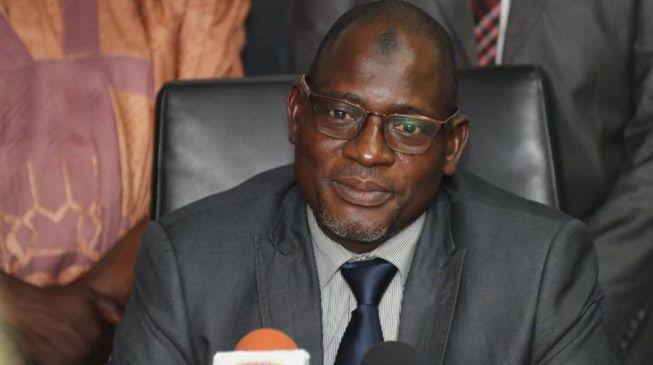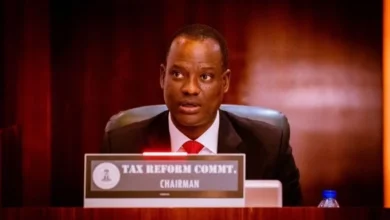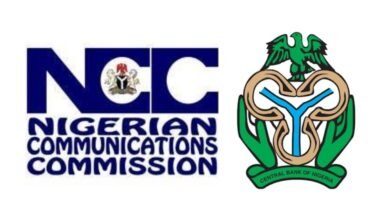
The Executive Chairman, Federal Inland Revenue Service (FIRS), Mr Muhammad Nami, on Thursday attributed non-discretionary tax waiver grants, illicit financial flows abroad and high overhead costs as major reasons why the tax agency failed to meet its revenue targets in recent times.
He made the revelation in Abuja at a Senate interactive session with revenue-generating agencies, which was aimed to improve the internally generated revenue (IGR) of the Federal Government through non-oil revenue sources.
According to him, “Nigeria loses a lot of revenue through tax waivers granted to big companies that otherwise would have been taxed to buoy up government revenue. Also, illicit financial flow is a major cause of revenue loss to Nigeria. Coupled with this is the operational cost of the FIRS which is also high compared to the statutory provisions for the running of the organization. I am new in the FIRS but upon my assumption of office, I have discovered that these, among other factors, contributed to making the FIRS unable to meet its target in recent times.”
Consequently, he canvassed better official discretion in granting tax waivers, even as he assured that he is working hard at the FIRS in collaboration with relevant government agencies to stem illicit financial flow, especially via profit shifting by multinationals operating in the country.
The FIRS boss urged the National Assembly to assist the FIRS in this regard in order to increase government revenue towards the modernization of public infrastructure in the country, according to a statement made available to the media in Abuja by Director, Communications and Liaison Department, FIRS, Abdullahi Ismaila Ahmad.
Senate President Ahmed Lawan, who chaired the event, charged the revenue-generating agencies to do better, stressing that “the revenue profile of the country is going down.”
Lawan added: “We believe that revenue-generating agencies of government can do better. The National Assembly wants to help you in terms of legislative support and even with some incentives to ensure that your targets are met.
“Revenue agencies must meet their targets. They must aim higher. When they are not able to meet their targets, we ask them questions. There should be no reason why targets should not be met. But if anyone has any reason, we can also listen to him to know how genuine it is.”
In his contribution to proceedings at the well-attended session, Chairman, Senate Committee on Finance, Senator Solomon Adeola, stated that “it is our belief that revenue accruable to the government will increase when we have interactive sessions like this. This interactive session is going to hold quarterly. But subsequently, we will have the sessions in smaller groups to enable better interactions.”





